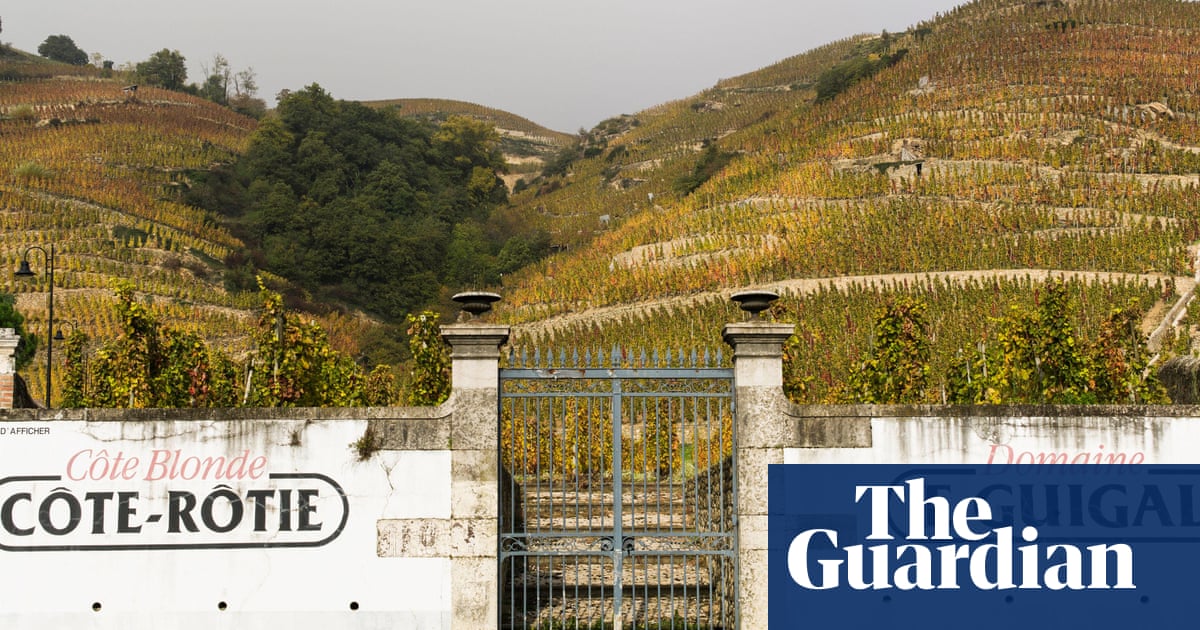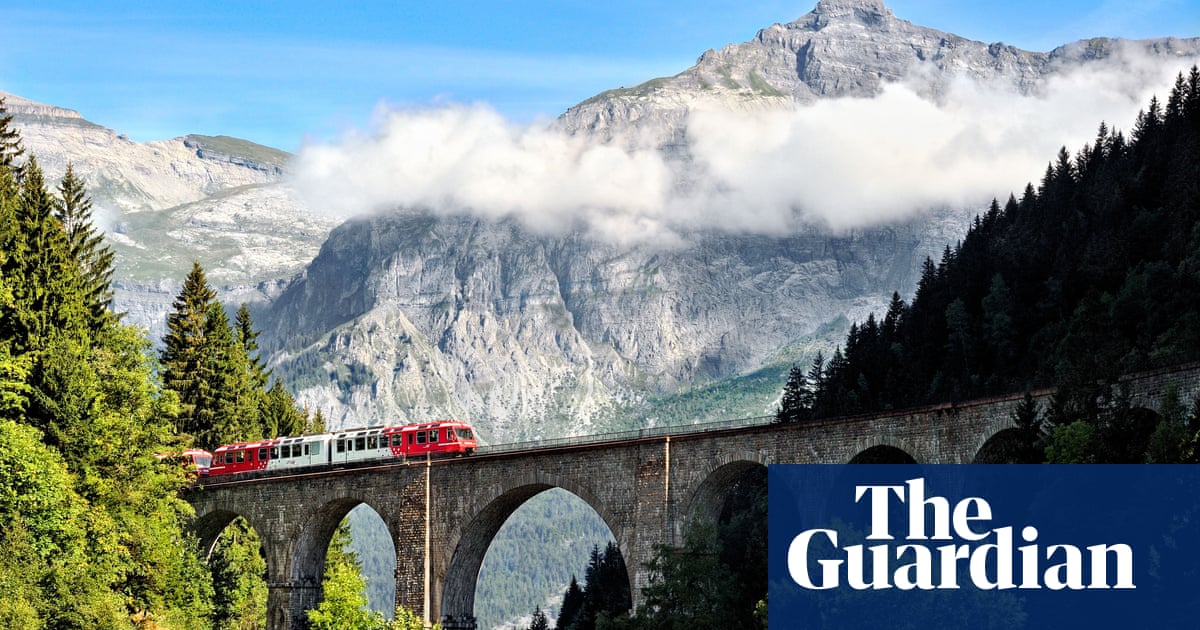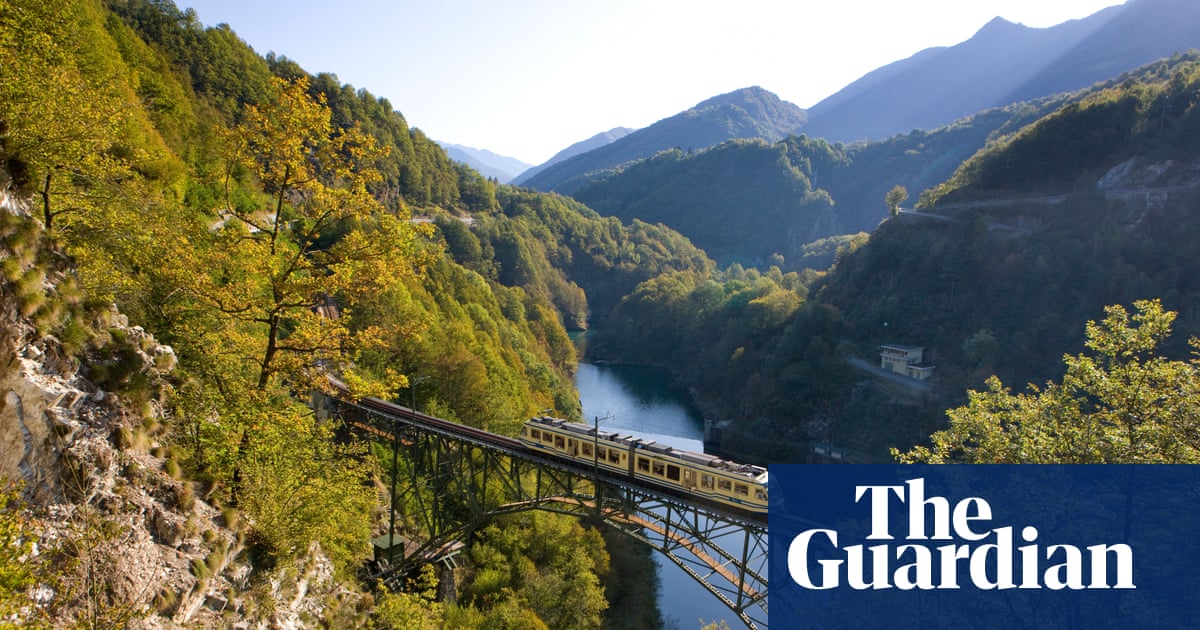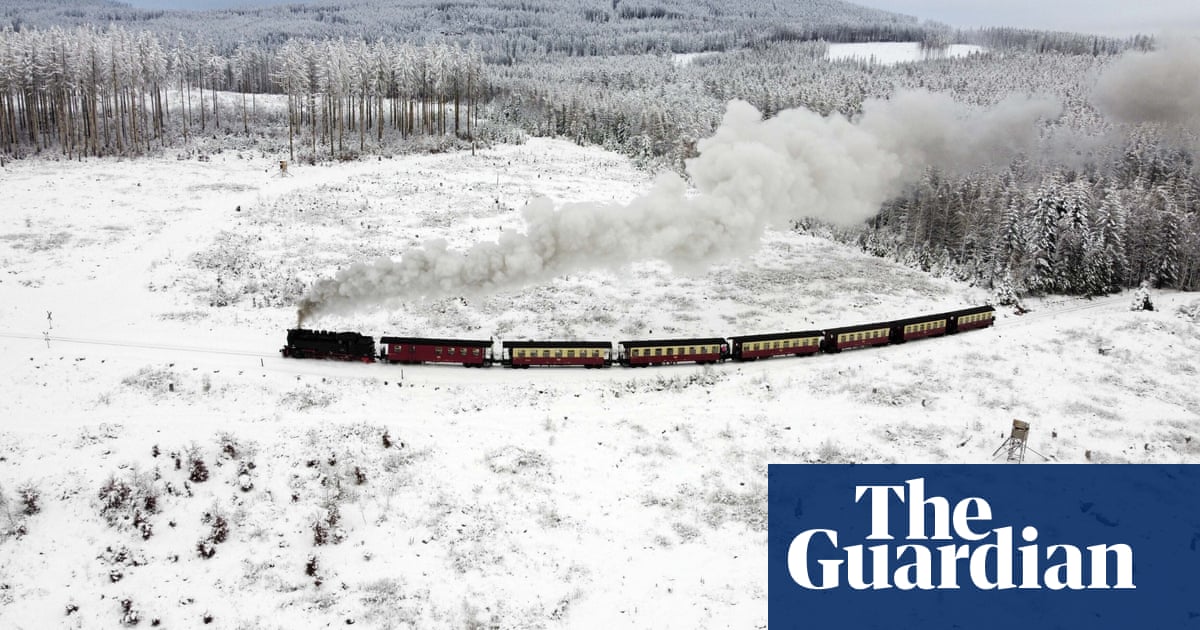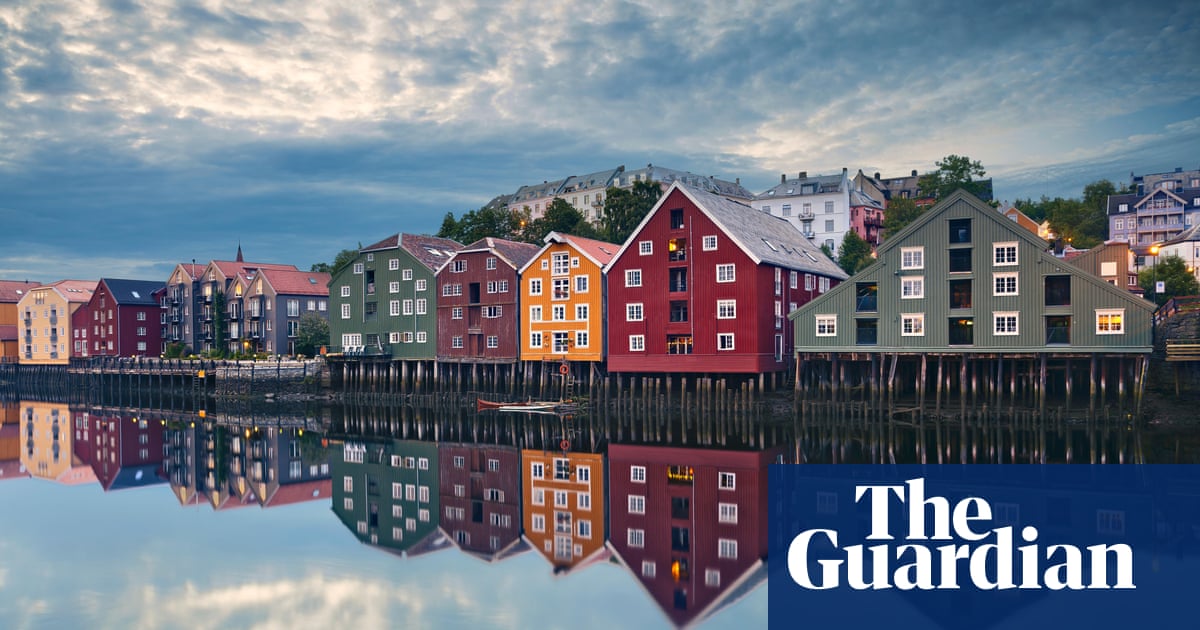
Many rail travellers just dash through France. The fast TGV trains gobble up the miles to be sure, but high-speed lines often defy the warp and weft of the landscape. Yet even on high-speed lines, there are some magic moments. I love the fleeting glimpses of Champagne vineyards between Paris and Strasbourg. On the high-speed line from Paris to Lyon, now over 40 years old, there are dramatic views of the Morvan massif as the railway climbs to almost 500 metres above sea level to skirt the striking granite landscapes of a region well off the regular tourist trails.
The high-speed lines are good for getting somewhere fast, but you need to branch off on to secondary routes to discover a very different France. The country is blessed with a fine network of rural railways. Last year the tourism authorities in Occitanie in the south of France won a Rail Tourism Award for their bold promotion of branch lines, nudging visitors out of their cars and on to trains to explore the gorgeous variety of landscapes which sweep from the Cévennes down to the Pyrenees.
I can imagine nothing better than having a week wandering through Occitanie or another French region, avoiding TGVs and sticking entirely to regional trains – generally known as TERs in France, but always with strong regional branding. In Provence, the trains are branded ZOU!, a name which oozes Riviera flair. While in Burgundy you ride with the very functional MobiGo and in Brittany with BreizhGo.
Nantes to Quimper
My partner and I reflect that BreizhGo has a nicely Breton ring as we walk to the railway station in Nantes for a journey into deepest Brittany. Our walk takes us past the ramparts of the Palace of the Dukes of Brittany; it was from this monumental bastion that France’s north-west was ruled for centuries. These days Nantes seems more a place of the Loire than a great Breton city, but it’s still a good jumping-off point for trains to France’s Atlantic extremity. “Let’s go to the end of the Earth today,” says my partner. “To Finistère.”
For most Parisians, Finistère seems like the end of the earth, a distant maritime outpost with its own distinctive language and culture
Any of the regional rail routes to Finistère are lovely. In the past I’ve taken the northern route to Brest where the trains run over a spectacular granite viaduct which is a defining feature of the Morlaix streetscape. Today we opt for the southern line which runs to Quimper, the capital city of the westernmost département in metropolitan France. It’s called Finistère, and for most Parisians remote Finistère seems like the end of the earth, a distant maritime outpost with its own distinctive language and culture.
Our TER train, emblazoned with BreizhGo branding, slips out of Nantes with a final glimpse of the ducal palace to the right and distant views of shipyards to the left. Before long, we are free of the city, cruising across the water meadows which flank the right bank of the River Loire. TER trains in France are very variable in style and quality. This modern train to Quimper is one of the best with creative seating arrangements, heaps of space for bikes and prams, easy access for travellers with mobility challenges and huge windows to enjoy the changing Breton landscapes. I find this much better than seeing France from a TGV where sightlines are often restricted by smaller windows. But taking a TER doesn’t necessarily mean slow. Many will dash along at 70mph, and some may only stop every 20 to 30 minutes. Our train to Quimper takes just under three hours for a journey of 160 miles with 10 intermediate stops along the way.
The best of Brittany
Our journey takes in four different départements, starting with Loire-Atlantique, briefly clipping the corner of Ille-et-Vilaine, then traversing Morbihan to reach Finistère. It is a brilliant transect, one which maps dramatic changes in scenery as we travel west from the gentle landscapes of the Loire to rough-hewn Brittany where the ancient Armorican Massif has a wilder edge, with deep, wooded valleys, dramatic coastlines and at higher elevations a real sense of wilderness.
Some may mourn that the journey to Quimper doesn’t actually skim the region’s celebrated coastline, but that comes with compensations: excellent views of the upper reaches of tidal estuaries and textured stone villages with remarkable gabled houses, and a sense of travelling into an ancient landscape.
Our journey to Quimper today marks the end of the line for this column. Thanks to all who have come along for the ride
Quimper is not the end of the line. From here a minor railway meanders north to Landerneau, 15 miles east of Brest. It’s a single-track railway and, because the overhead wires don’t extend beyond Quimper, it is served by diesel railcars. But for us Quimper, with its appealing tangle of narrow streets, makes a perfect place to stop. It’s a chance for such Brittany staples as crêpes and cider.
While not quite the end of the earth, Quimper has that far flung sense of being a place apart. Typical, in fact, of many of the communities featured over more than two years in this column. For longer than you’ll perhaps remember, this monthly column has escorted you along fine rural railways across Europe. We have travelled together through Portugal and Finland, across Swiss Alps and Dutch polders, capturing the spirit of landscape and stopping off at some remarkable small towns along the way. Our journey to Quimper today marks the end of the line for this column. Thanks to all who have come along for the ride. Our paths will surely cross again on a slow train somewhere in Europe.
Travel facts
There are normally four direct TER services each day from Nantes to Quimper. Tickets can be purchased on the day of travel. If you prefer to buy in advance, check out Rail Europe where no fees are levied on sterling purchases. Rail Europe charges £36 for a second class ticket, and £50 first class, for the journey. On this route, as indeed more widely when using TER trains across France, Interrail makes the perfect ticketing solution. Seat reservations are not generally available on TER services, so with Interrail you can roam freely across France on regional trains. One-country Interrail passes valid only in France are priced from €144, while global flexi-passes (for use across 33 countries) start at €212.




